15 Regional Desserts That Don’t Get Enough Credit
From sweet treats in Southeast Asia to hidden gems in Europe, countless regional desserts deserve more recognition. While some iconic sweets dominate the global stage, many others remain underrated despite their rich flavors and cultural significance. Whether you’re craving something creamy, chewy, or crispy, these lesser-known desserts offer a delightful journey through the diverse world of sweets.
This post may contain affiliate links, which helps keep this content free. Please read our disclosure for more info.
Shahi Tukda – India
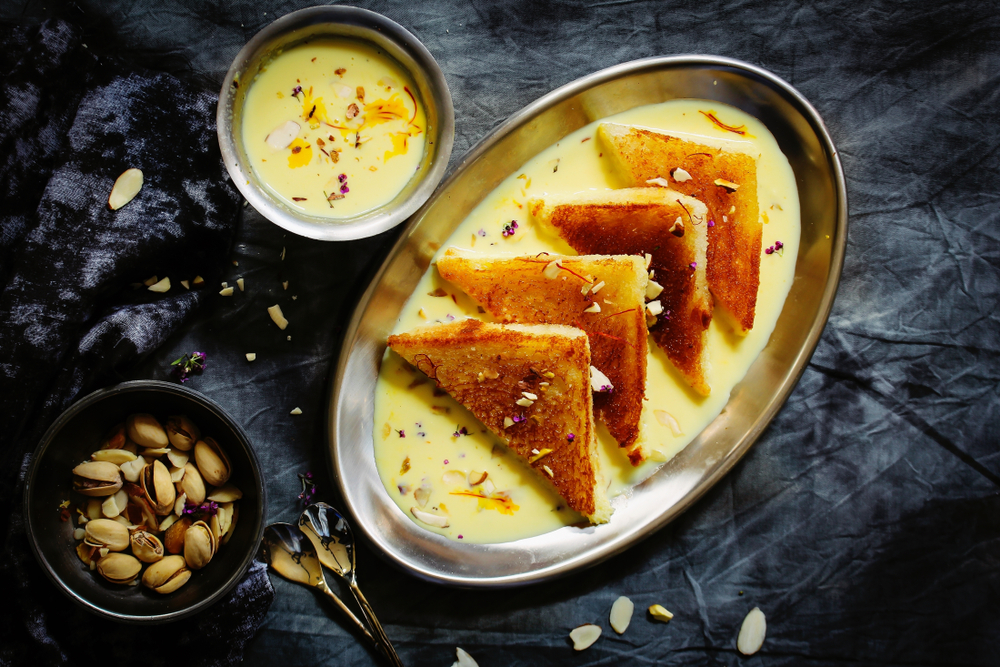
Shahi Tukda, a royal dessert from Hyderabad, is often overlooked despite its rich history and delectable taste. The dessert begins with slices of white bread that are deep-fried until crispy, then soaked in a sweet syrup made from sugar, saffron, and rose water. The result is a fragrant, golden treat that brings together the crunch of fried bread with the soft, syrup-soaked interior. Topped with slivers of pistachio and almonds, Shahi Tukda’s flavor is both delicate and indulgent. While popular in royal kitchens centuries ago, it remains somewhat underappreciated compared to its more famous Indian sweets like Gulab Jamun or Jalebi. Despite its humble roots, this dessert deserves a spot on any food lover’s must-try list.
Shahi Tukda is often enjoyed during special occasions and festivals, making it an integral part of Indian cuisine. Its combination of textures, from the crispiness of the fried bread to the melt-in-your-mouth softness from the syrup, makes it a unique dessert worth savoring. Its relatively simple ingredients, bread, sugar, saffron, and nuts, belie the complex flavors that arise when combined, making it a truly iconic yet under-recognized dessert.
Dulce de Leche – Argentina
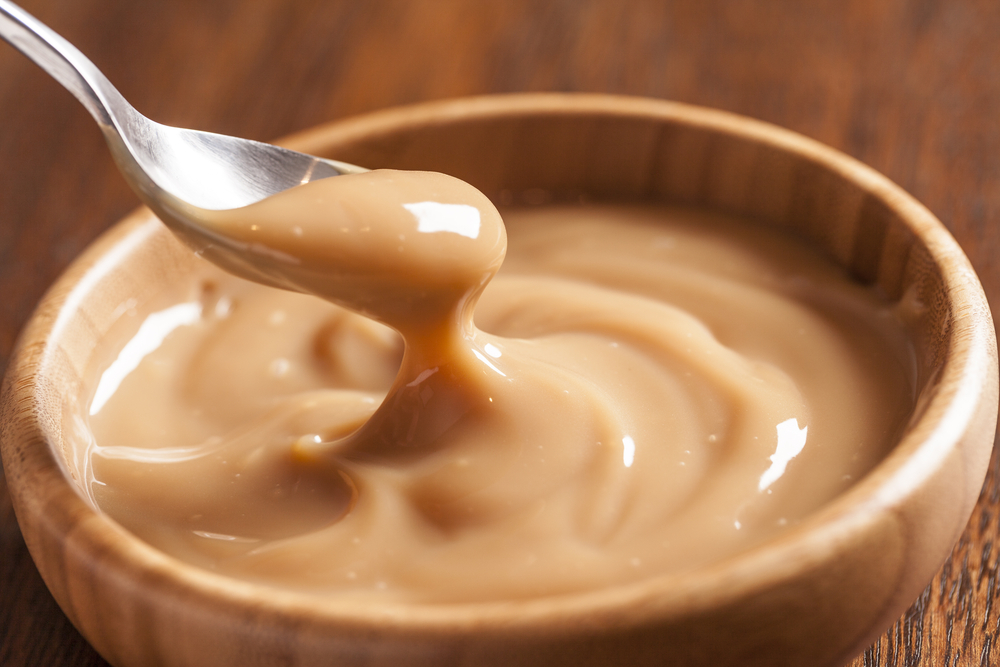
Dulce de Leche is a rich, caramelized milk spread that holds a beloved place in Argentine kitchens. While it’s enjoyed throughout Latin America, this sweet treat doesn’t always get the attention it deserves outside the region. The process to make Dulce de Leche involves slowly simmering milk and sugar until it thickens into a velvety consistency with a rich, golden-brown hue. It’s commonly used as a filling for cakes, pastries, and cookies, or simply spread on toast or crackers for a quick, satisfying snack. Its creamy, caramel-like flavor is undeniably delicious, making it a standout in Argentine desserts.
Despite its versatility, Dulce de Leche is often overshadowed by more popular treats like chocolate or fruit-based desserts in other parts of the world. Yet, its deep, indulgent sweetness and smooth texture are enough to elevate any dish. It’s a comfort food that captures the essence of traditional Latin American sweets, making it a must-try for anyone interested in exploring regional delicacies.
Coconut Macaroons – Caribbean Islands
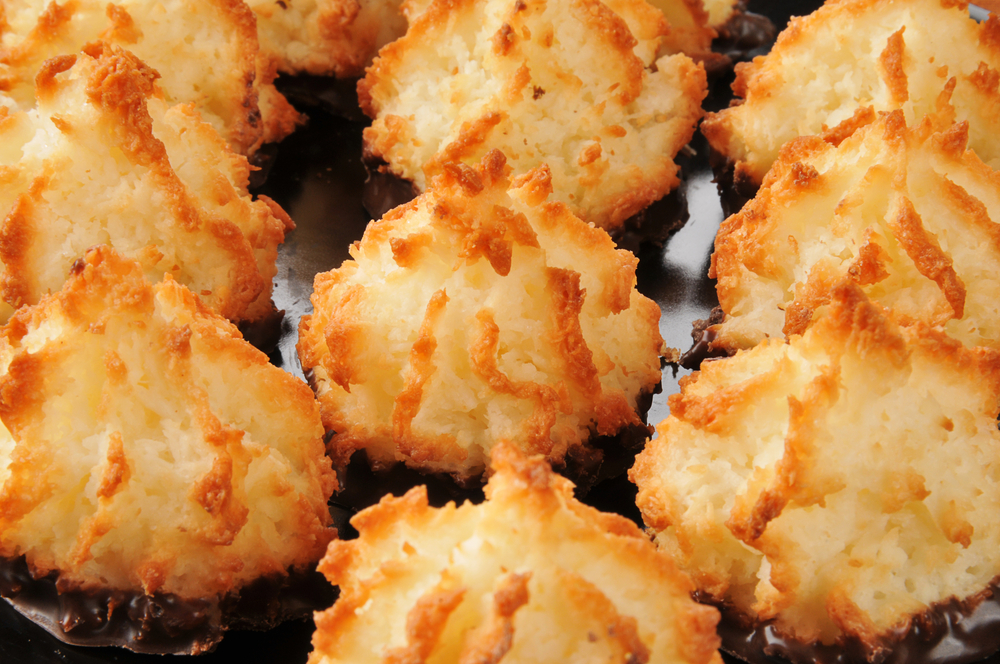
Coconut macaroons are a simple yet delicious treat from the Caribbean that often don’t get the attention they deserve. These chewy cookies are made primarily from shredded coconut, sugar, and egg whites, giving them a rich, satisfying texture. They have a delightful crunch on the outside and a soft, almost cake-like interior. While coconut macaroons are known throughout the Caribbean, they are frequently overlooked in favor of more elaborate desserts. However, their simplicity makes them the perfect treat for coconut lovers, with their sweetness and texture offering a satisfying bite.
Beyond their simple ingredients, coconut macaroons are versatile. They can be flavored with chocolate, vanilla, or even lime zest to add a unique twist to each batch. Despite their humble nature, they are an essential part of Caribbean baking traditions and should not be underestimated. Their perfect balance of chewy and crisp is why they deserve a place among other globally recognized desserts.
Pavlova – New Zealand
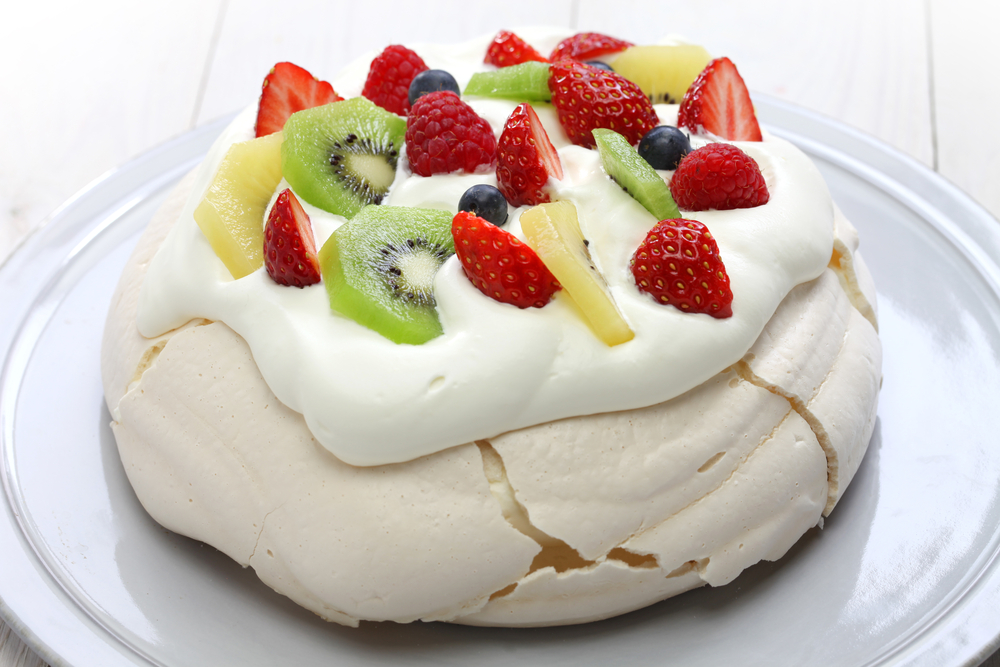
The Pavlova is a dessert that, despite its international popularity, doesn’t always get the credit it deserves for its significance in New Zealand. Made from meringue, it has a crisp outer shell and a soft, marshmallow-like interior. What sets this dessert apart is its topping of fresh fruits like kiwifruit, berries, and passionfruit, adding a refreshing contrast to the sweet meringue. Pavlova is a beloved dessert in New Zealand, often served during celebrations and holidays, yet it is still not as widely recognized globally compared to other meringue-based desserts like Eton Mess.
The combination of textures in a Pavlova, crunchy, chewy, and creamy, is what makes it so special. The crisp exterior gives way to a soft, light interior, while the tart fruit on top perfectly balances the sweetness of the meringue. This dessert is a staple in New Zealand, yet it is often overshadowed by more complex sweets on the international stage. Its simplicity and elegance are what make it truly memorable and deserving of more recognition.
Kardinalschnitten – Austria
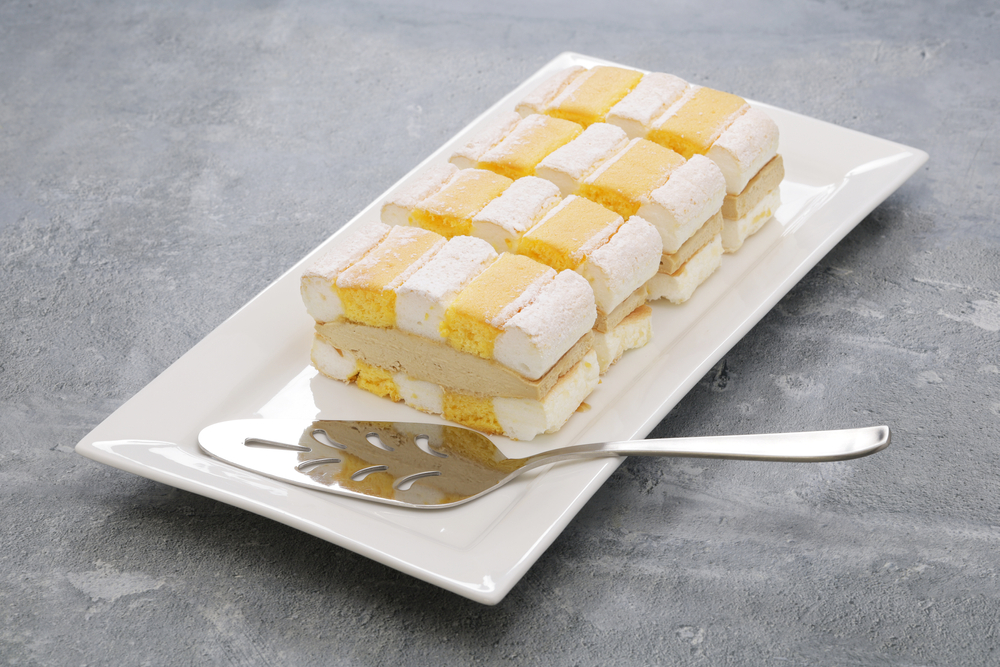
Kardinalschnitten is a beautiful and elaborate dessert from Austria that remains somewhat underappreciated outside of European pastry circles. It’s made of layers of meringue and whipped cream, often arranged in a fan shape, and is both light and decadent. The contrast of the crisp meringue and the airy whipped cream makes for a delightful texture experience, while the sweetness of the meringue complements the delicate flavor of the cream. Despite its rich flavor, Kardinalschnitten is often overshadowed by the more famous Sachertorte or Apfelstrudel. Its intricate presentation and balance of flavors, however, make it a standout dessert worthy of attention.
The dessert has historical significance, originating from Vienna’s court kitchens in the 19th century. It was named to honor Cardinal Schwarzenberg, and its striking appearance reflects the extravagance of the time. Today, Kardinalschnitten is typically served during the holidays or special occasions, but it remains lesser-known outside Austria. Its lightness and elegance deserve more global appreciation, especially for anyone with a love of fine pastries.
Tarte Tatin – France
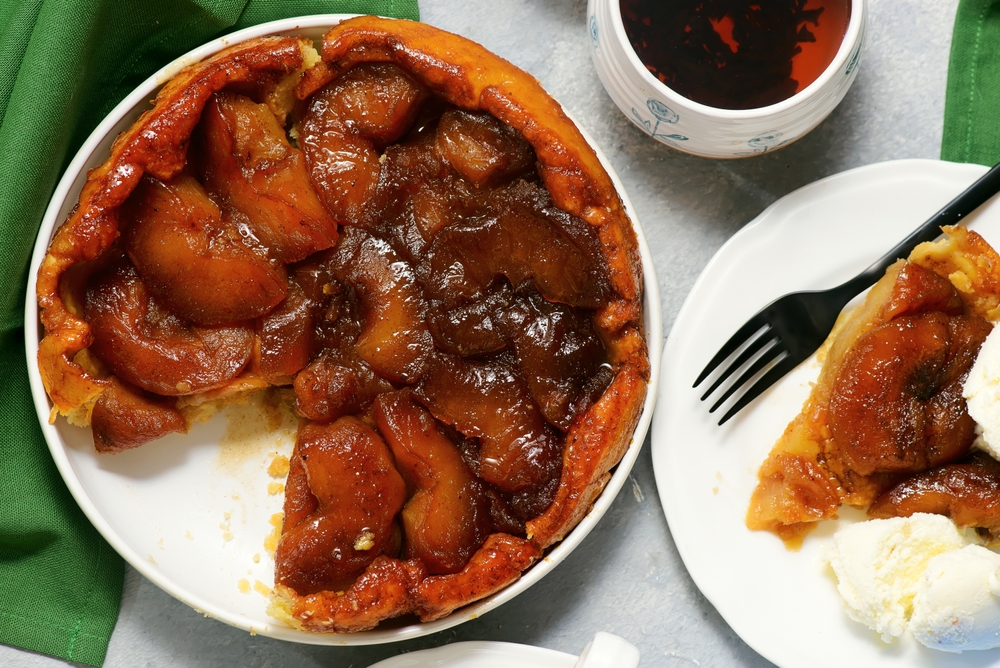
Tarte Tatin is a caramelized apple tart that originated in the Loire Valley of France. This upside-down dessert was created by accident when two sisters, the Tatin sisters, mistakenly cooked the apples too long in caramel before adding the pastry. Despite its humble beginnings, it has become a classic French dessert. The combination of sweet, caramelized apples with a flaky crust offers a warm, comforting dessert that’s both indulgent and satisfying. Although Tarte Tatin is widely loved in France, it still does not receive the same recognition as other desserts like crème brûlée or macarons outside of the country.
The beauty of Tarte Tatin lies in its simplicity. The apples are caramelized to a golden brown, and the pastry is perfectly baked to a crisp, providing a delightful contrast in texture. Served warm, it can be topped with a dollop of crème fraîche or vanilla ice cream for an added touch of indulgence. Its perfect balance of sweetness and tartness, combined with its rich, buttery flavor, makes Tarte Tatin a must-try dessert that deserves more global recognition.
Cendol – Southeast Asia
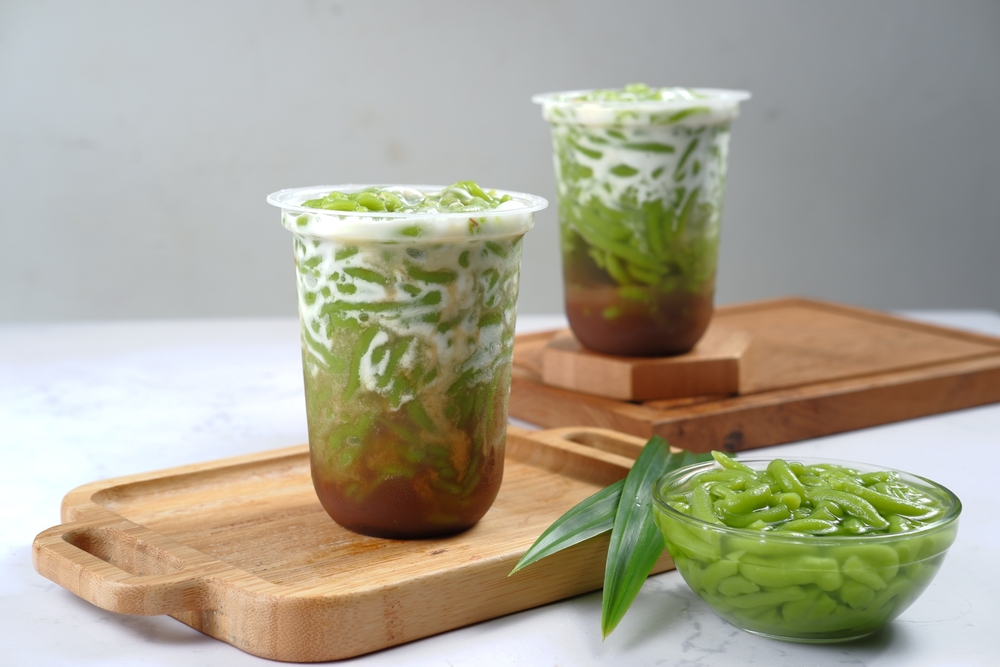
Cendol is a beloved dessert in Southeast Asia, especially in Malaysia, Singapore, and Indonesia, but it often doesn’t get the recognition it deserves outside the region. The dessert is made of green rice flour jelly, sweetened with palm sugar syrup, and served with coconut milk and shaved ice. The texture of the chewy jelly combined with the smooth coconut milk creates a refreshing and satisfying treat. While Cendol is popular in its native regions, it remains relatively unknown outside of Southeast Asia. Its combination of flavors, sweet, savory, and creamy, deserves more global attention for its cooling effect and indulgent qualities, making it a perfect treat for hot climates.
Cendol is a delightful mix of textures and flavors, with the chewy green jelly offering a unique bite that contrasts with the smoothness of coconut milk and the sweetness of palm sugar syrup. Served cold, it’s a perfect dessert for tropical climates, but it’s often overlooked in favor of other Asian desserts like bubble tea or mango sticky rice. Its relatively simple ingredients make it an accessible and delicious dessert, but its distinctiveness makes it stand out in the world of sweets.
Bingsoo – Korea
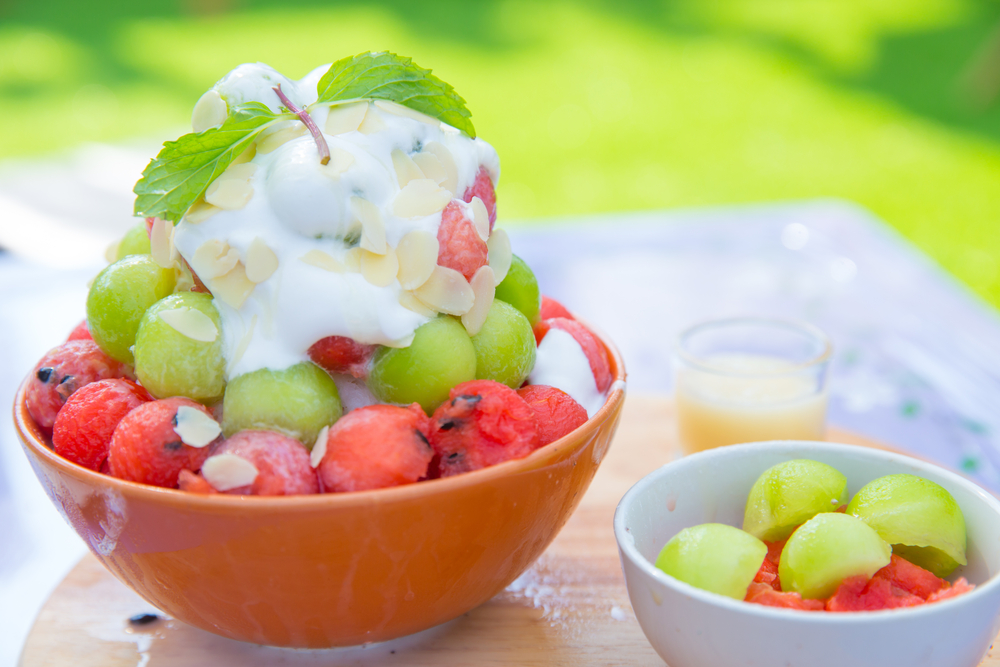
Bingsoo is a Korean shaved ice dessert that deserves more global recognition for its versatility and refreshing taste. Traditionally made with finely shaved ice, Bingsoo is topped with sweetened red beans, fruit, condensed milk, and sometimes even ice cream or sweet rice cakes. While it’s most commonly enjoyed in the summer, Bingsoo is a dessert that brings a lot of joy year-round in Korea. Its popularity has begun to spread outside of Korea, but it remains somewhat niche, overshadowed by other dessert trends like bubble tea. The combination of textures, from the soft, fluffy shaved ice to the crunchy toppings, makes Bingsoo a refreshing and satisfying treat that deserves more credit.
Bingsoo is more than just a shaved ice dessert. It’s a canvas for creativity, with endless variations that include ingredients such as matcha, chocolate, or even fruit syrups. Each version offers a new and exciting way to enjoy this beloved treat. Its ability to blend refreshing and comforting elements makes it a must-try dessert for those seeking something light and sweet with complex textures.
Sago Pudding – Philippines
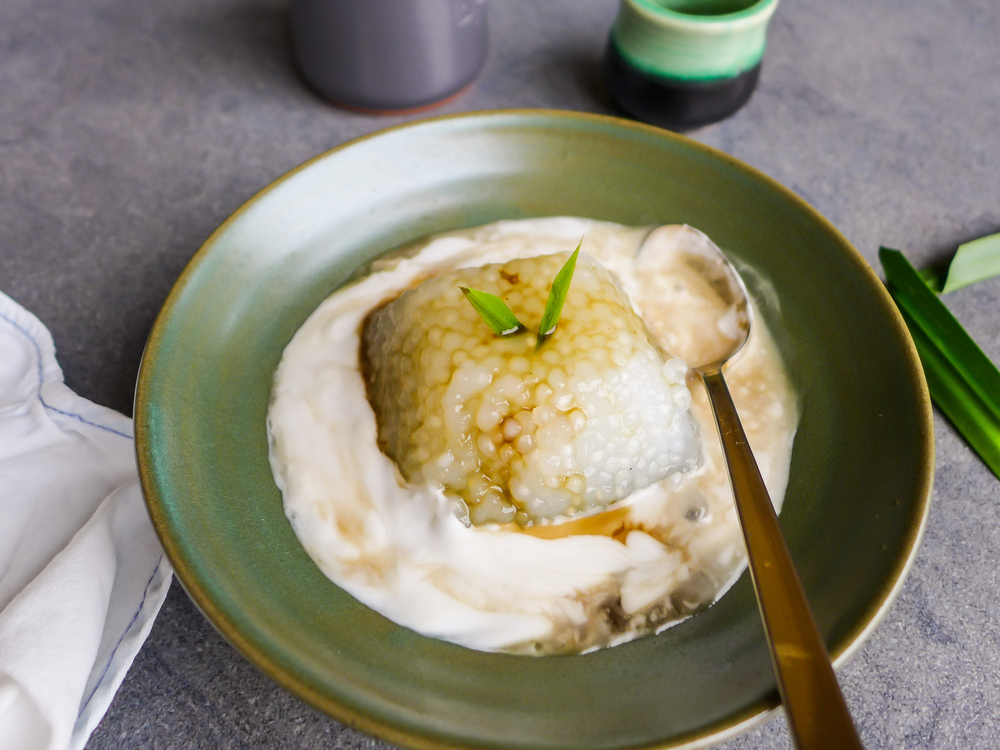
Sago Pudding is a traditional Filipino dessert made from sago pearls, coconut milk, and sugar, and it’s often served chilled. Despite its simplicity, it’s a dessert that is both comforting and satisfying, perfect for warm weather. The sago pearls, similar to tapioca, absorb the flavors of the coconut milk, resulting in a soft, chewy texture. While it’s a popular treat in the Philippines, it doesn’t always get the attention it deserves outside the country. It’s often overshadowed by more intricate Filipino desserts like Halo-Halo or Leche Flan, but Sago Pudding’s understated simplicity and delicious coconut flavor make it a hidden gem in Filipino cuisine.
Sago Pudding is a humble yet satisfying dessert that is perfect for those who enjoy a creamy, subtly sweet treat. Its minimal ingredients and easy preparation make it accessible, while its delicate flavors give it an understated charm. It’s an ideal choice for anyone looking to explore Filipino desserts, as it provides a taste of local flavors that might not be as widely known outside of the Philippines.
Kue Lapis – Indonesia
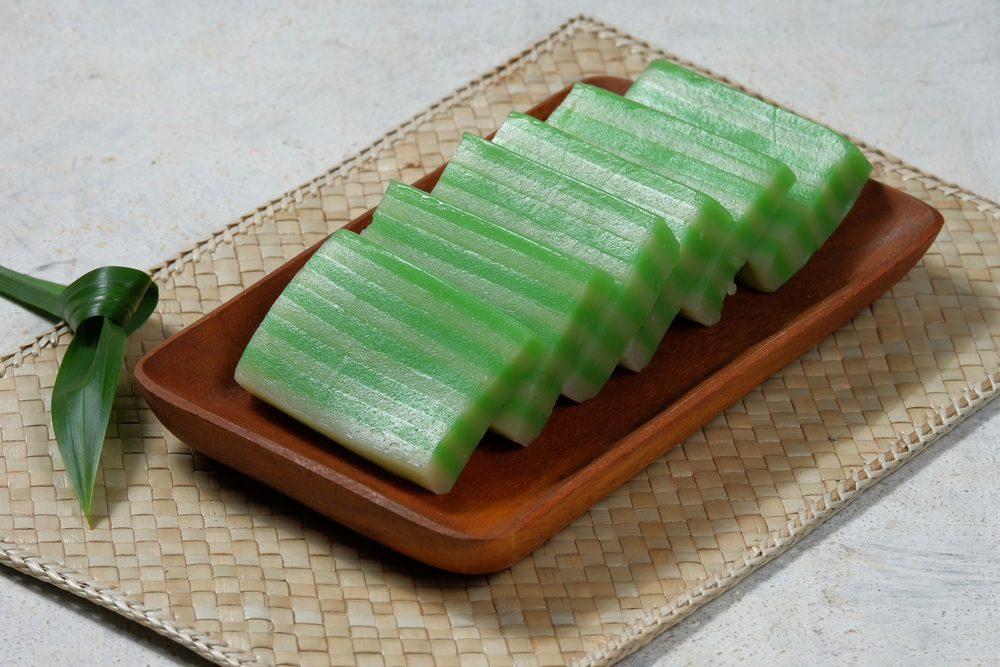
Kue Lapis is a vibrant, multi-layered Indonesian cake that often doesn’t get the recognition it deserves. Made from rice flour, coconut milk, and sugar, this cake is steamed in layers, creating a beautiful, colorful dessert with a slightly chewy texture. Each layer is delicately flavored with pandan or vanilla, which gives it a subtle yet refreshing taste. Kue Lapis is a popular snack or dessert in Indonesia, but it remains relatively unknown outside Southeast Asia. The combination of textures and flavors makes it a unique dessert that showcases the importance of rice flour and coconut milk in many traditional Indonesian sweets.
The multi-layered design of Kue Lapis makes it not only visually striking but also fun to eat. The cake’s soft yet firm consistency and light sweetness make it an enjoyable treat for all ages. While it may not have the fame of other Indonesian desserts like Dadar Gulung or Es Teler, Kue Lapis’s colorful layers and subtle flavors make it a hidden gem worth discovering.
Cocada – Brazil
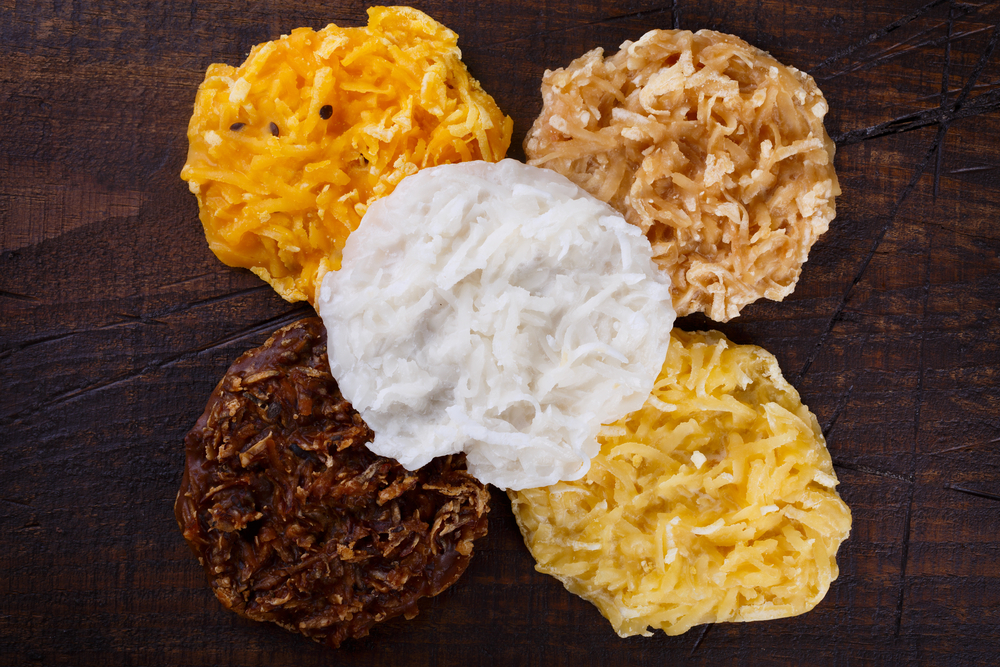
Cocada is a traditional Brazilian dessert made primarily from coconut, sugar, and condensed milk. It is similar to a coconut candy but can be made in a variety of textures and shapes, ranging from chewy to crunchy. Cocada is often enjoyed as a street food snack in Brazil, and while it has a rich, coconut-packed flavor, it doesn’t always make its way onto international dessert menus. Despite its simplicity, Cocada is a deeply satisfying treat that showcases the richness of coconut in Brazilian sweets. The combination of sweetness and coconut makes it a comforting, satisfying dessert that deserves more recognition outside of Brazil.
The beauty of Cocada lies in its versatility. While the most basic version is made with just coconut and sugar, it can also be made with other ingredients like nuts, fruits, or spices. This variation gives Cocada a unique flavor profile, with each bite offering something new. Whether it’s chewy or crunchy, Cocada captures the essence of Brazilian dessert culture and should be considered a must-try for anyone seeking to explore the world of coconut desserts.
Churros – Spain
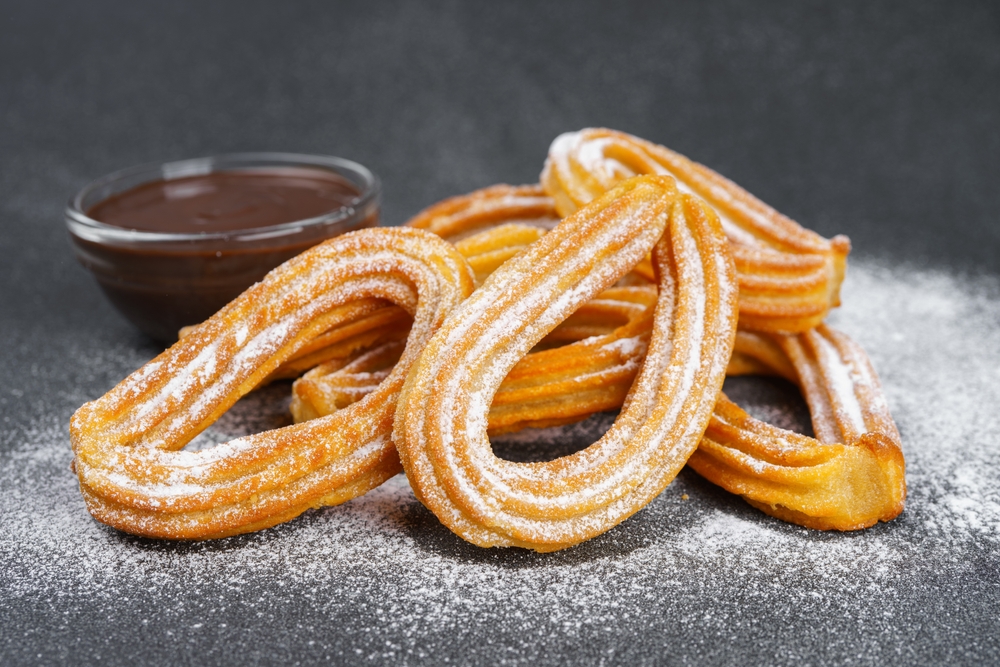
Churros, though increasingly popular worldwide, still do not get the credit they deserve when it comes to their humble origins in Spain. These fried dough sticks, sprinkled with sugar and cinnamon, are a beloved breakfast or snack in Spain, often enjoyed with a cup of thick hot chocolate. While they are well known in countries like Mexico and the U.S., the authentic Spanish churro, which is lighter and less sugary than the ones typically found outside Spain, often remains overlooked. Their golden, crispy exterior and tender interior, paired with hot chocolate, create a perfect combination for any occasion.
Churros are an iconic part of Spanish street food culture and are traditionally enjoyed in the morning or late at night. Their simplicity, just flour, water, salt, and a bit of sugar, creates a perfectly satisfying dish without being overly sweet. Despite their popularity in various countries, the Spanish version remains one of the most authentic and delicious forms of churros that should not be missed.
Kue Cubit – Indonesia
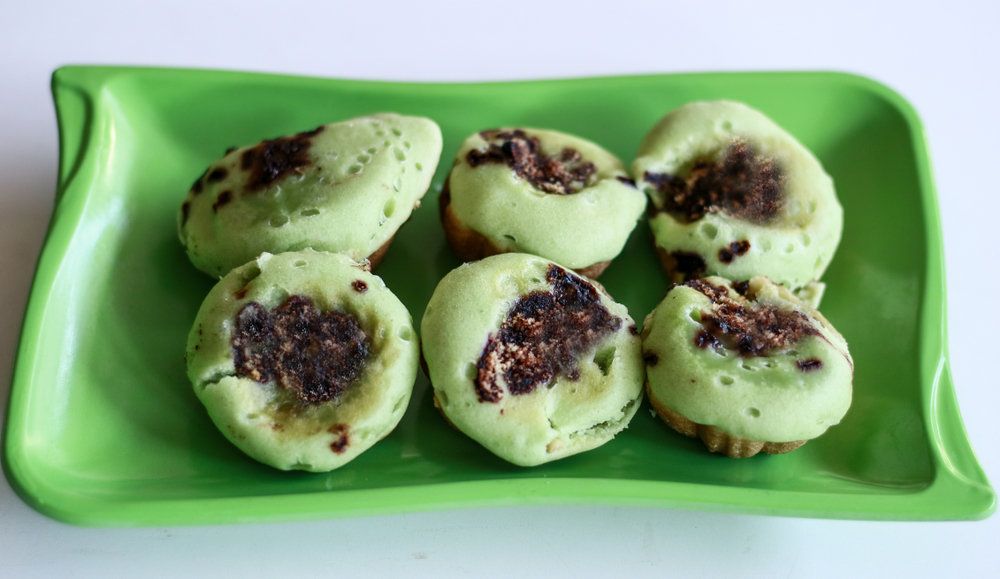
Kue Cubit is a traditional Indonesian cake that features a soft, chewy texture and a unique flavor profile from the use of pandan and coconut. This cake is typically served during festivals and special occasions, but it’s rarely found in mainstream international dessert menus. Made with rice flour and coconut milk, Kue Cubit has a distinct green color from pandan, a flavoring that is common in Southeast Asia. It’s often topped with grated coconut, which gives it an extra layer of texture and flavor. Despite being a staple dessert in Indonesia, it doesn’t receive the same level of recognition abroad as other desserts from the region, like durian-based treats or sweet coconut desserts.
The soft, sponge-like texture of Kue Cubit contrasts beautifully with the slight chewiness from the coconut, creating a dessert that’s comforting and satisfying. Its use of pandan, which imparts a sweet, floral fragrance, gives the cake a delicate flavor that sets it apart from other coconut-based desserts. For anyone looking to explore Indonesian sweets, Kue Cubit is a must-try for its unique flavor and texture combination.
Bubur Cha Cha – Malaysia
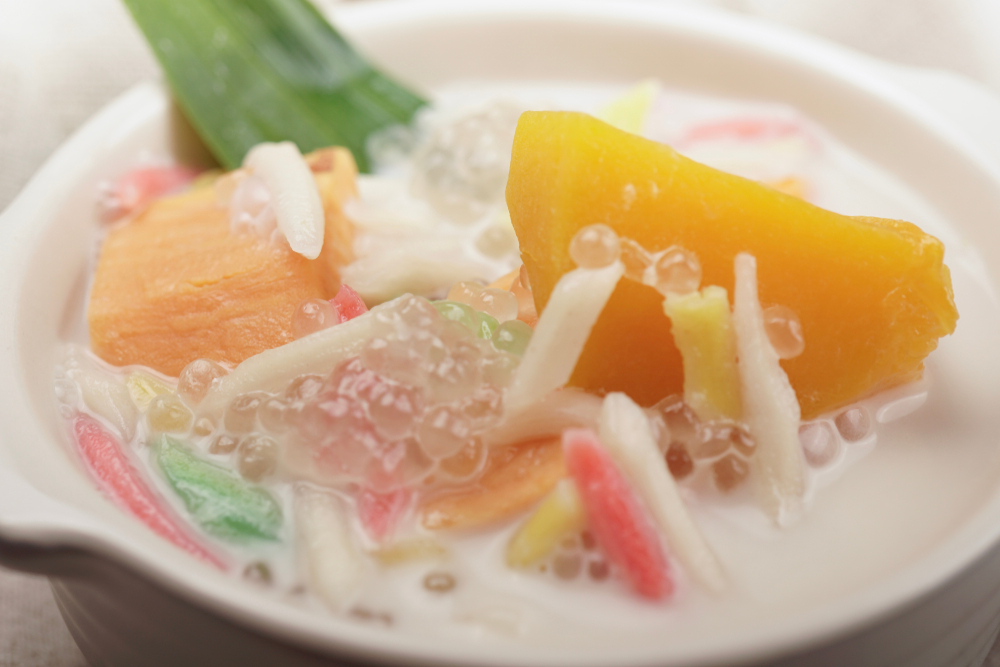
Bubur Cha Cha is a comforting Malaysian dessert made from coconut milk, sweet potatoes, taro, and sago pearls. This dessert is often served warm or cold and is a favorite treat for its sweet, creamy texture and vibrant colors. Despite its popularity in Malaysia, it remains largely unknown outside Southeast Asia. The combination of ingredients, soft sweet potatoes, chewy sago pearls, and creamy coconut milk, creates a rich, satisfying dessert that is perfect for any season. Its simplicity and balance of flavors make it an underappreciated gem in the world of desserts.
The beauty of Bubur Cha Cha lies in its versatility and its ability to balance sweetness with the subtle, earthy flavors of the root vegetables. Each bite offers a different texture, from the smoothness of the coconut milk to the chewy sago pearls and the tender vegetables. This dessert should be part of any food enthusiast’s must-try list for its heartwarming qualities and delightful taste.
Halo-Halo – Philippines
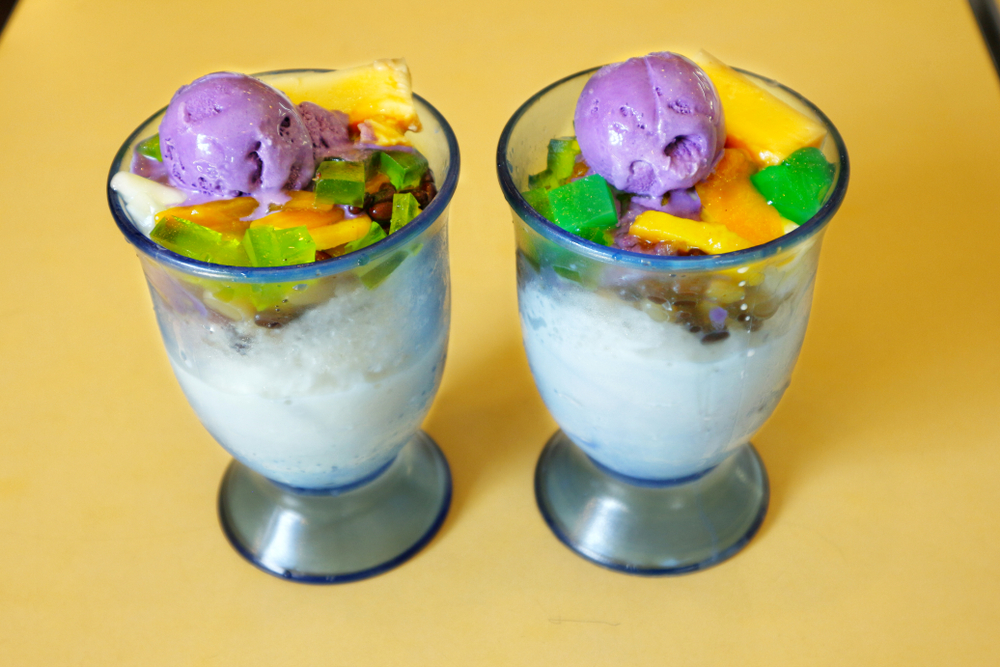
Halo-Halo is a vibrant and indulgent dessert that combines a variety of sweet and colorful ingredients, making it one of the Philippines’ most popular treats. The name “halo-halo” literally translates to “mix-mix” in English, which is a perfect description of this layered dessert. It typically includes a mix of shaved ice, sweetened fruits like jackfruit, banana, and sweet potato, along with jellies, beans, and even flan or ube ice cream on top. The ingredients are layered beautifully in a glass, and the magic happens when you mix them all, creating a sweet and creamy blend of flavors and textures.
Despite its popularity in the Philippines, Halo-Halo remains somewhat underappreciated outside Southeast Asia. It is often overshadowed by other, more universally known desserts, yet it’s a delightful combination of sweet, savory, crunchy, and creamy elements. The mix of flavors in Halo-Halo, from the richness of ube ice cream to the smoothness of coconut jelly and the heartiness of sweet beans, makes it a dessert experience unlike any other. Its diversity of ingredients and ability to be customized make it a must-try for anyone looking to explore the unique world of Filipino sweets.
This article originally appeared on Avocadu.
